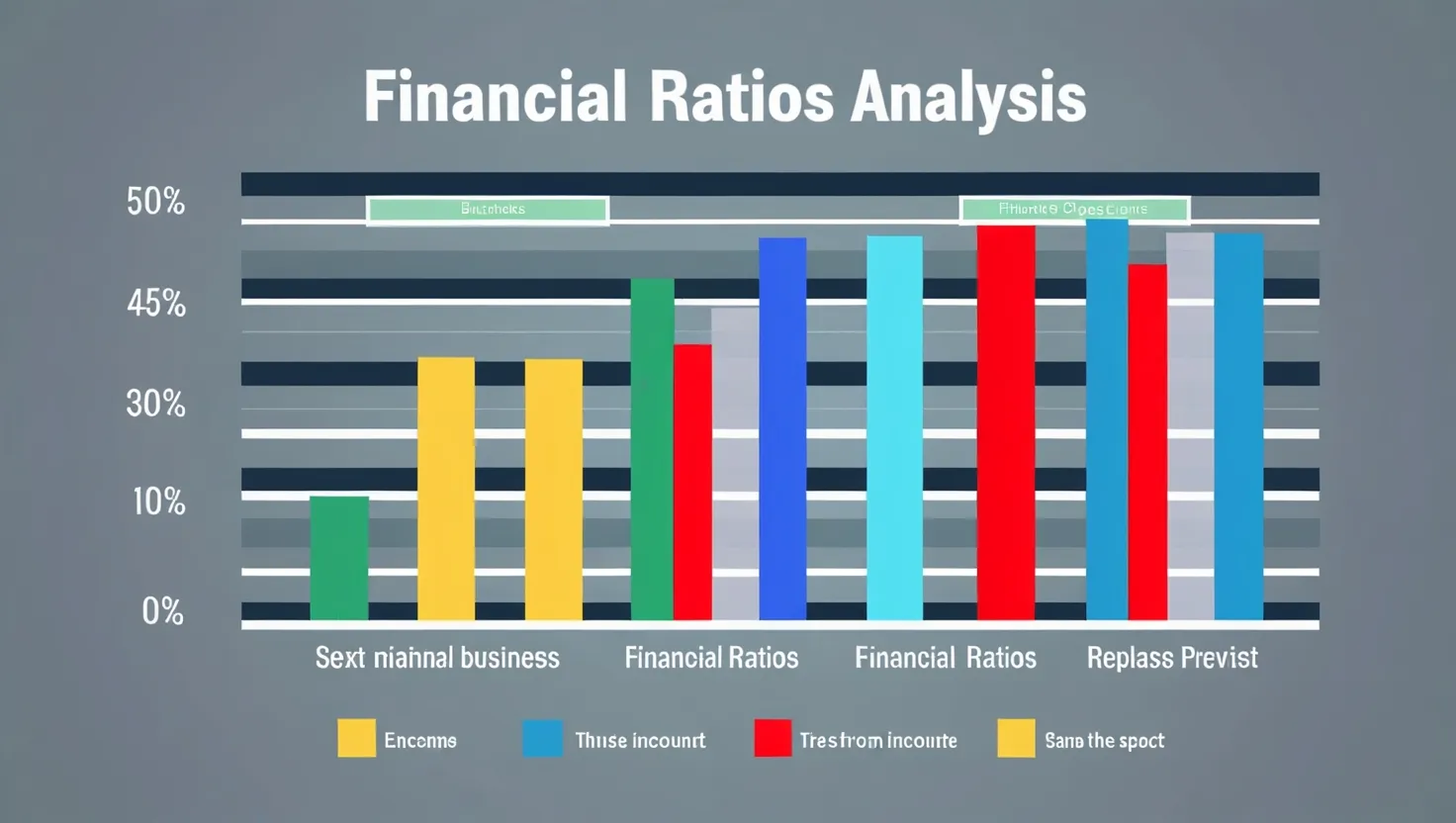When it comes to smart investing, the landscape can be daunting, especially for those new to the game. However, armed with the right tools and a bit of financial acumen, you can make informed decisions that set you apart from the crowd. One of the most powerful tools in your arsenal is financial ratios. These ratios are more than just numbers; they are windows into a company’s financial health, performance, and potential for growth.
Let’s start with one of the most widely recognized ratios: the Price-to-Earnings (P/E) Ratio. This ratio compares the price of a share of a company’s stock to its earnings per share over a specific period, usually a year. It tells you how much investors are willing to pay for each dollar of earnings the company generates. For instance, if a company has a share price of $150 and earnings per share of $25, the P/E ratio would be 6. This means for every dollar of earnings, investors are paying $6.
But what does this really tell you? It gives you a sense of how the market values the company’s earnings. A high P/E ratio might indicate that investors have high expectations for the company’s future growth, while a low P/E ratio could suggest that the stock is undervalued. However, it’s crucial to compare P/E ratios within the same industry to get a true sense of where the company stands. For example, if the average P/E ratio in the tech sector is 20, a company with a P/E ratio of 15 might be considered a bargain, while one with a P/E ratio of 25 might be overvalued.
Another ratio that provides valuable insight is the Debt-to-Equity (D/E) Ratio. This ratio measures the proportion of a company’s debt relative to its shareholder equity. It tells you how a company finances its assets – whether it relies more on borrowed money or equity. A higher D/E ratio indicates more debt, which comes with interest and repayment obligations. For example, if a company has $150,000 in debt and $100,000 in shareholder equity, its D/E ratio would be 1.5. This means the company has 1.5 times more debt than equity, which could signal a moderate level of financial leverage.
Understanding the D/E ratio is essential because it helps you assess a company’s debt burden. A company with too much debt might be at risk of financial distress, especially if interest rates rise or if the company faces a downturn in revenue. On the other hand, a company with a low D/E ratio might be more stable but could also be missing out on potential growth opportunities by not leveraging debt.
Return on Equity (ROE) is another critical ratio that evaluates a company’s profitability and efficiency. ROE measures how much profit a company generates with the money shareholders have invested. It’s calculated by dividing net income by shareholder equity. A high ROE indicates that a company is efficient in generating profits from its equity, which is a good sign for investors. However, it’s important to compare ROE across different companies within the same industry to get a fair comparison.
The Current Ratio is a liquidity ratio that tells you whether a company has enough current assets to cover its current liabilities. It’s calculated by dividing current assets by current liabilities. A ratio greater than 1 indicates that the company can meet its short-term obligations, while a ratio less than 1 suggests potential liquidity issues. This ratio is particularly useful for assessing a company’s ability to manage its day-to-day operations and pay its bills on time.
Dividend Yield is a ratio that appeals to income-focused investors. It measures the ratio of the annual dividend payment per share to the stock’s current price. For example, if a company pays an annual dividend of $2 per share and its stock price is $50, the dividend yield would be 4%. This ratio helps investors understand the return they can expect from the dividend payments alone, which can be particularly attractive in a low-interest-rate environment.
The Price-to-Book (P/B) Ratio compares the market value of a company to its book value. Book value is the total value of the company’s assets minus its liabilities. A P/B ratio of 1 means the market value equals the book value, while a ratio greater than 1 indicates the market values the company more than its book value. This ratio is useful for identifying undervalued or overvalued stocks. For instance, if a company’s P/B ratio is significantly lower than its peers, it might be a good investment opportunity.
Operating Margin is a profitability ratio that shows how much of each dollar in sales a company keeps as profit after accounting for the cost of goods sold and operating expenses. It’s calculated by dividing operating income by revenue. A high operating margin indicates that a company is efficient in its operations and has a competitive edge. This ratio is particularly useful for evaluating a company’s ability to maintain profitability in different market conditions.
Finally, there’s the Free Cash Flow Yield, which measures the amount of free cash flow a company generates relative to its market capitalization. Free cash flow is the cash left over after a company has paid its expenses, taxes, and capital expenditures. This ratio gives you an idea of how much cash a company can generate to invest in growth opportunities or return to shareholders. A higher free cash flow yield generally indicates a healthier financial position.
Using these ratios in isolation can provide some insights, but combining them offers a more comprehensive analysis. For example, if a company has a high P/E ratio but also a high ROE and strong free cash flow yield, it might justify the premium valuation. On the other hand, a company with a low P/E ratio but high debt levels and poor operating margins might not be as attractive as it initially seems.
Comparing these ratios to industry averages and historical values is also crucial. This helps you understand whether the company is performing better or worse than its peers and whether it is improving over time. For instance, if a company’s current ratio is higher than the industry average, it suggests better liquidity management.
Incorporating ratio analysis into your investment decision-making process can significantly enhance your ability to make smart investments. It’s not just about looking at the numbers; it’s about understanding the story they tell. By analyzing these ratios, you can identify areas of strength and weakness, make data-driven decisions, and ultimately steer your investments toward sustainable growth and long-term success.
In the end, smart investing is about more than just gut feelings or following the crowd. It’s about using the tools available to you to make informed, data-driven decisions. Financial ratios are one of the most powerful tools in your arsenal, and by mastering them, you can navigate the complex world of investing with confidence and clarity. So, the next time you’re considering an investment, take a closer look at these essential financial ratios – they might just reveal the hidden gems or red flags you need to know.






